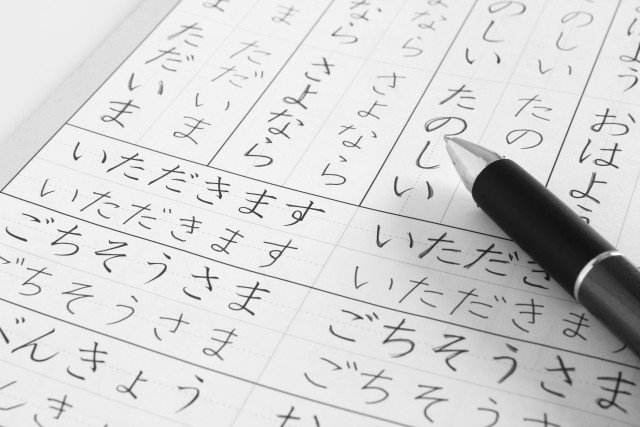In this article, we will discuss the importance of studying hiragana and katakana in Japanese language.
Firstly, hiragana and katakana are two of the three writing systems used in the Japanese language, with kanji being the third. Hiragana is a set of 46 characters used to write native Japanese words, while katakana is a set of 46 characters used to write foreign loanwords, sound effects, and onomatopoeia. Hiragana and katakana are fundamental to reading and writing in Japanese and are the building blocks of the language. A lot of the recommended Japanese textbooks tend to use little to no English or alphabets.
One of the main reasons why learning hiragana and katakana is essential is that it allows the learners to read and write in Japanese. While it is possible to learn Japanese without knowing hiragana and katakana, it will limit your ability to communicate effectively. Without knowing hiragana and katakana, you will be unable to read and write even the most basic Japanese words, or read signs at restaurants or in stations.
Another reason why hiragana and katakana are important is that they allow learners to differentiate between words that are written in kanji. Kanji, while an essential part of the Japanese language, can be complicated and overwhelming. However, with hiragana and katakana, learners can easily differentiate between kanji words and its phonetic readings (On, Kun sounds) that might otherwise be indistinguishable.
Hiragana and katakana are also crucial for proper pronunciation. Each character represents a specific sound, and learning these sounds is essential to speak Japanese fluently. By learning hiragana and katakana, learners can read Japanese words accurately, understand their meaning, and pronounce them correctly.
Furthermore, hiragana and katakana are also essential for learning grammar and sentence structure. The characters are used to mark particles, which are crucial for understanding the meaning of a sentence. Without hiragana and katakana, learners will be unable to grasp the intricacies of Japanese grammar and sentence structure.
In conclusion, hiragana and katakana are essential for learning the Japanese language. They allow learners to read and write in Japanese, differentiate between kanji words, pronounce words correctly, and understand grammar and sentence structure. Learning these two writing systems will enable learners to communicate effectively in Japanese and open the doors to fully exploring Japanese culture and society.
Website: https://www.valiantjapanese.jp/

